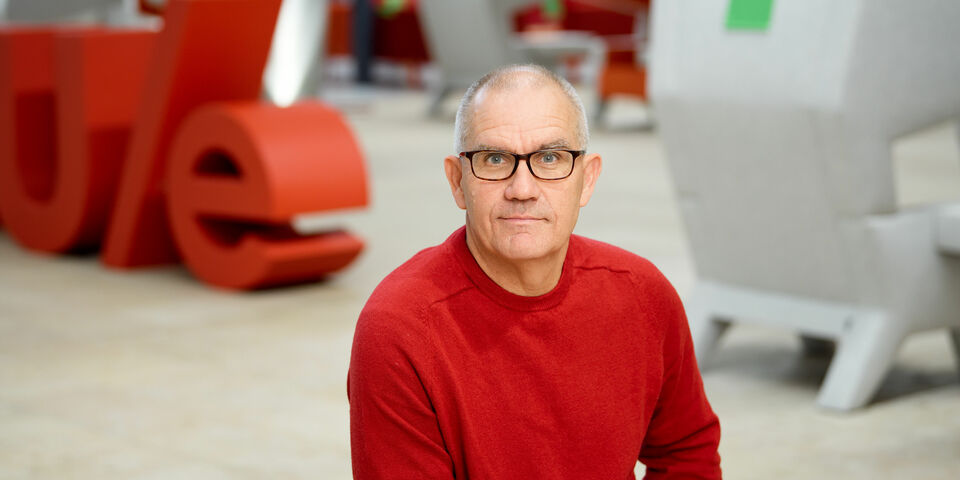Where will it hurt?
Confusion. Last Wednesday, October 7, I received an email containing our Executive Board’s Strategy Update. It came with apologies, because it could well be that I had received this message twice. Indeed, that was the case, because on Friday October 2, the update had found its way into my junk folder, together with the Russian companion ladies and Nigerian fortune seekers. That couldn’t possibly have been the Executive Board’s intention. What was being updated?
The Executive Board’s mail ending up in the wrong place undoubtedly has something to do with the more tightly set spam filters we already wrote about back in mid-August. In order to prevent small mistakes like these from occurring, the settings of mail system Copernica needed some adjusting after the introduction of Office 365, and apparently that hasn’t been entirely successful yet.
But let’s not split hairs, after all, these are hectic times and the update contained some interesting little facts. One message concerned a meeting between the Executive Board and the deans and managing directors. Precisely one month ago they had been looking ahead to how the corona crisis might impact our university. What will it all mean for the further implementation of our Strategy 2030?
Unfortunately, Cursor’s name did not appear in the list of invitees, and the report that was made of the meeting contained mostly general terms. So, we have to try and fill in some of the gaps ourselves. President of the Executive Board Robert-Jan Smits and Philip de Goey, dean of Mechanical Engineering, made a first proposal that September 11th. They came up with a few suggestions for 'a somewhat stricter focus on certain strategic priorities in view of the impact of COVID-19'.
It didn’t get more specific than that, because the obvious question is: what will need to be put on hold out of necessity in the coming years, and what will continue as before? In other words, where will it hurt? I don’t know whether dean De Goey acted as co-presenter on purpose, but I’m sure he doesn’t want the renovation of Gemini to suffer any further delay, as was the case in 2015, due to the crisis. Deans and directors continued with a brainstorm session, the report said.
Rector Frank Baaijens subsequently presented an overview of the financial situation and the four factors that play a crucial role in this: the number of students, teacher-student ratio, infrastructure (such as new buildings) and the level of support. Baaijens told his audience that it will be very difficult to keep teacher-student ratio below 1:20 once TU/e has more than 13,000 students. Solutions aimed to prevent that – should it be necessary – weren’t discussed yet. Do we need to think of more programs with an intake limit again? The three programs that had one this year each failed to reach their ceiling on intake numbers.
Of course, the issue of finances needed to be addressed as well. How can we save money? Postpone certain construction projects? Are we going to put certain innovative educational projects on hold? Put the brakes momentarily on the further rollout of our institutes? Or do we need to take a close look at the size of our workforce? Unfortunately, we read nothing about all this.
And how could we raise more money? Ask the minister or the industry for it, or see if there are any more grants left in the European fleshpots? Or perhaps we need to hope that postal code 5612 AZ will win this year’s Postcodeloterij jackpot and that TU/e has a lottery ticket. I wouldn’t be surprised to hear ESA director Patrick Groothuis make that joke, just to create a more relaxed atmosphere.
Executive Board president Smits concluded the meeting with a proposal to organize the strategic discussion differently in the future, so that the decision-making process for the multi-annual budget runs more smoothly. Surely, the meeting didn’t end in a disorderly manner? No, not at all; it was an inspiring afternoon, is the concluding message. To be continued! Still, a shame that Cursor wasn’t there.


Discussion